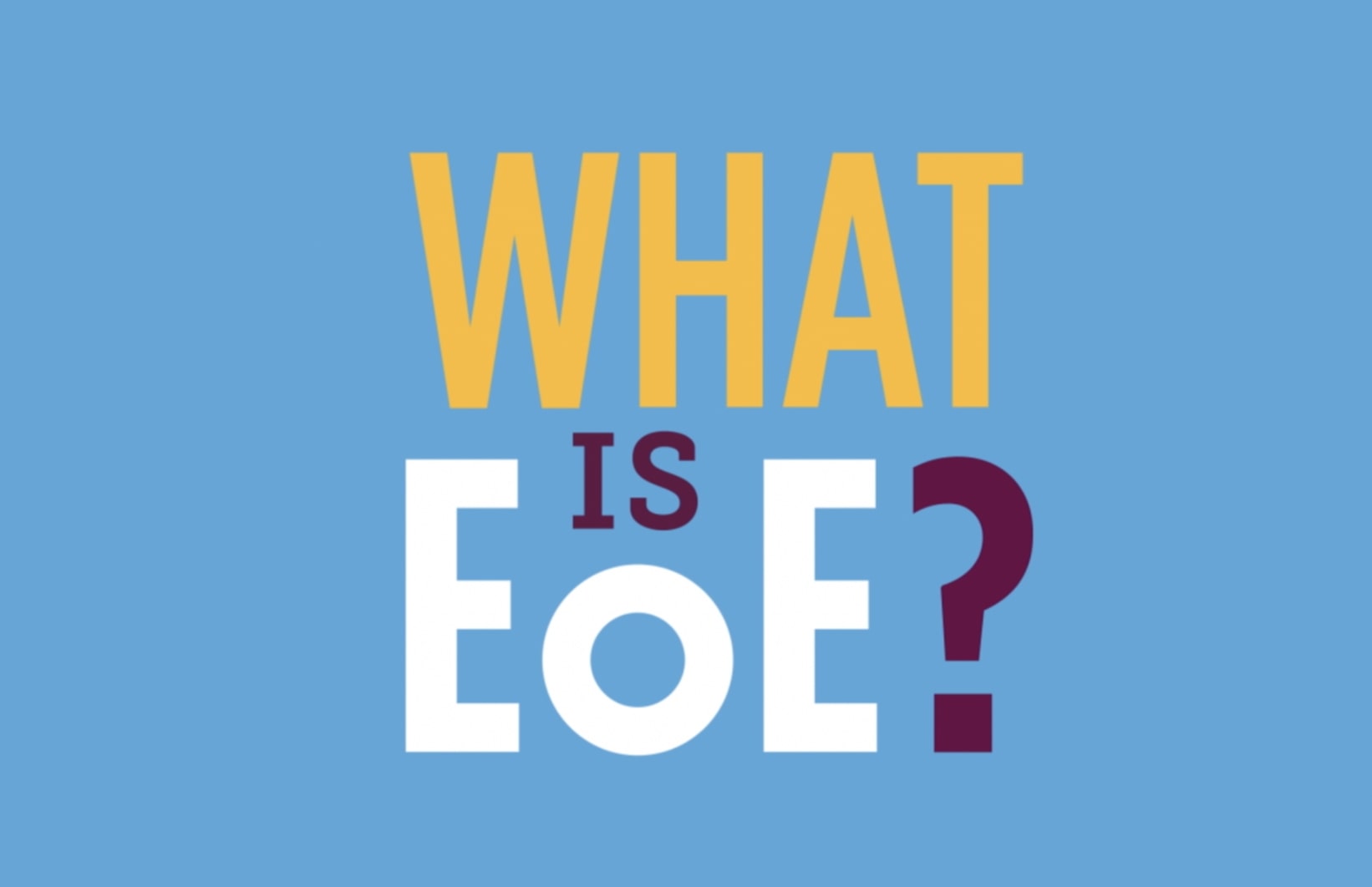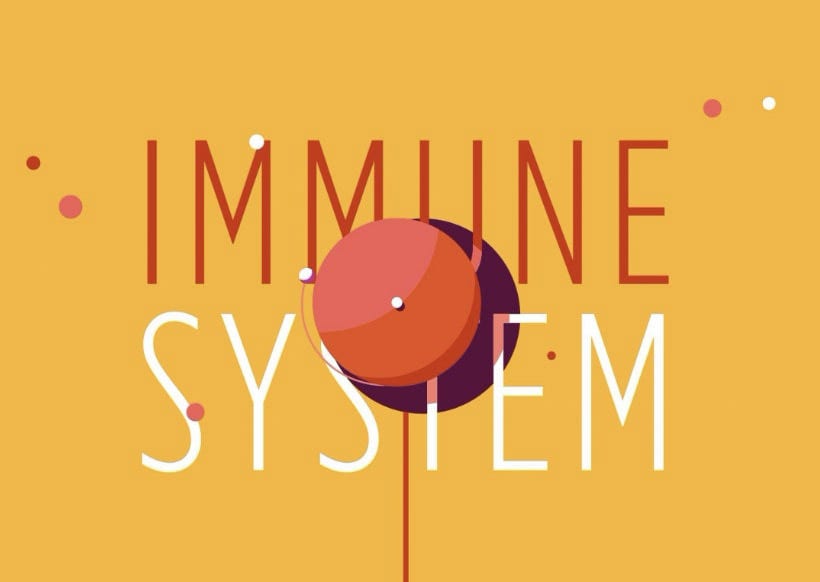IMPORTANT SAFETY INFORMATION
Who should not take EOHILIA?
Do not take if you are allergic to budesonide.
What are the possible side effects of EOHILIA?
EOHILIA may cause serious side effects, including:
Effects of having too much corticosteroid medicine in your blood. Tell your healthcare provider if you have:
- Acne
- Bruise easily
- Rounding of your face
- Ankle swelling
- Thicker body hair and facial hair
- A fatty pad or hump between your shoulders
- Pink or purple stretch marks on the skin of your abdomen, thighs, breasts, and arms
A condition in which the adrenal glands do not make enough steroid hormones. Tell your healthcare provider if you are experiencing: stress, tiredness, weakness, nausea and vomiting, low blood pressure.
Decreased ability of your body to fight infections and increased risk of infection. EOHILIA can: worsen current infections, increase the risk of infections spreading or reactivating, and hide signs of infection. Infections can be mild but can be severe and deadly. Tell your healthcare provider right away if you have:
- Fever
- Chills
- Stomach area pain
- Aches
- Diarrhea
- Cough
- Pain
- Feeling tired
- Nausea and vomiting
Avoid contact with people who have chicken pox or measles. Tell your healthcare provider right away if you come in contact with anyone with these infections.
Tuberculosis, Hepatitis B virus (HBV) reactivation, and Amebiasis: These infections may become active while taking EOHILIA. Your healthcare provider should check you closely for tuberculosis while taking EOHILIA. Before you start EOHILIA, your healthcare provider will test you for HBV and for amebiasis if you spent time in the tropics or have unexplained diarrhea.
Fungal infections of the mouth, throat, and esophagus may occur. Tell your healthcare provider if you have the following in your mouth: white spots, burning or painful sensation, redness, difficulty with eating or swallowing, loss of taste, and cotton feeling.
Acid-related damage to the lining of esophagus. Tell your healthcare provider if you notice any new or worsening: heartburn, chest pain, and trouble swallowing.
Worsening of allergies. If you take other corticosteroids to treat allergies, switching to EOHILIA may cause your allergies to return, such as a skin condition called eczema or inflammation inside your nose (rhinitis). Tell your healthcare provider if any of your allergies become worse.
Other corticosteroid effects:
- Effect on growth. Tell your healthcare provider if you are worried about your child’s growth; they may monitor your child’s growth.
- Kaposi’s sarcoma has happened in people who receive corticosteroid therapy, mostly for long-lasting conditions.
The most common side effects of EOHILIA include:
- Respiratory tract infection
- Fungal infections of the mouth, throat, and esophagus
- Headache
- Infection of the stomach or intestine
- Sore throat
- A condition in which the adrenal glands do not make enough steroid hormones
- Acid-related damage to the lining of esophagus
Tell your healthcare provider if you have any side effect that bothers you or that does not go away. These are not all the possible side effects of EOHILIA. You may report side effects to the FDA at 1-800-FDA-1088.
What should I avoid while taking EOHILIA? Avoid drinking grapefruit juice while taking EOHILIA because it can increase EOHILIA blood levels.
Before you take EOHILIA, tell your healthcare provider if you have ANY medical conditions, including if you have:
- Liver problems
- Are planning to have surgery
- Chicken pox or measles
- A history of infections, such as tuberculosis, and current untreated infections
- Malaria of the brain
- Diabetes, glaucoma, or family history of either
- Conditions such as: cataracts, high blood pressure, low bone mineral density or osteoporosis, and stomach ulcers
- Are pregnant, plan to be, or think you may be. Talk to your healthcare provider about the possible risks to your unborn baby.
- Are breastfeeding or plan to. Talk to your healthcare provider about the best way to feed your baby.
Tell your healthcare provider about all the medicines you take, including prescription and over-the-counter medicines, vitamins, and herbal supplements.
What is EOHILIA?
EOHILIA (budesonide oral suspension) is a prescription oral corticosteroid used for 12 weeks to treat Eosinophilic Esophagitis (EoE), in people 11 years and older.
EOHILIA has not been shown to be safe and effective for more than 12 weeks, or in children under 11 years.
Please click here for EOHILIA Prescribing Information, including Patient Information and Instructions for Use and talk with your healthcare provider.









